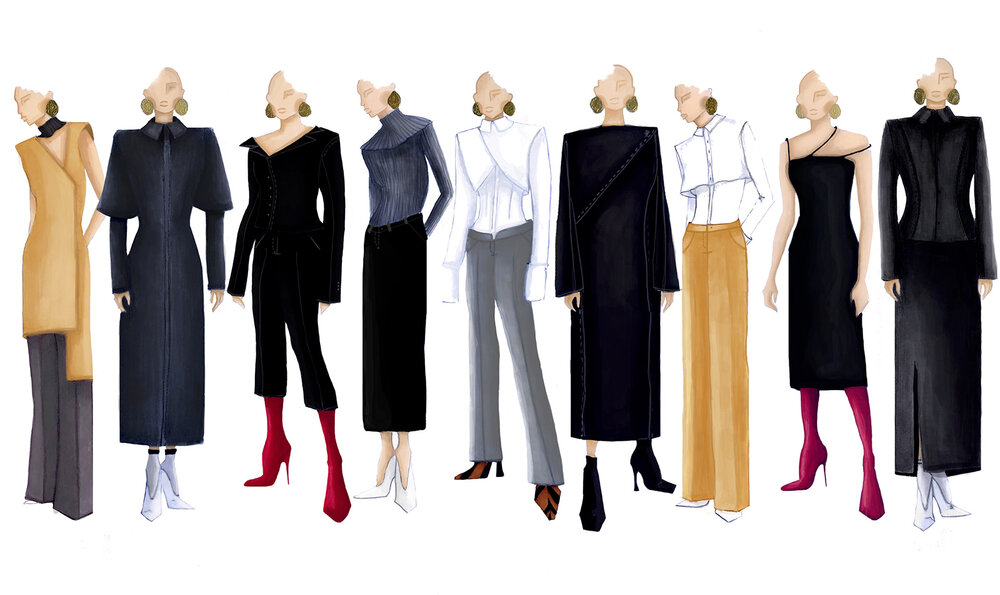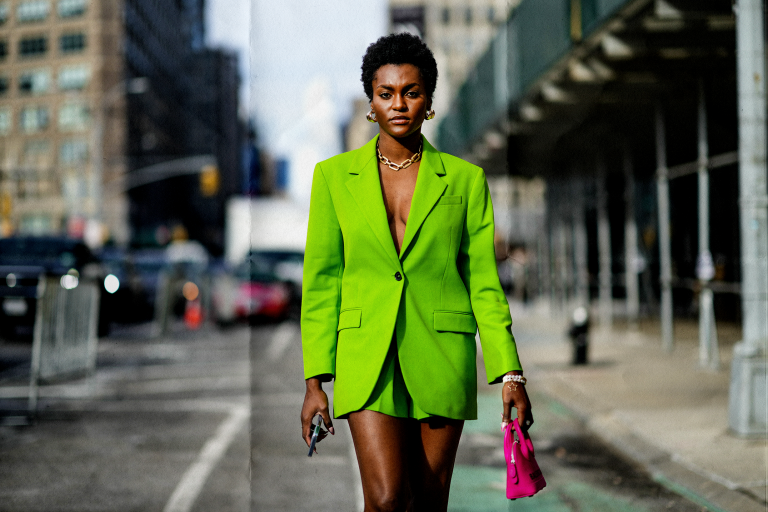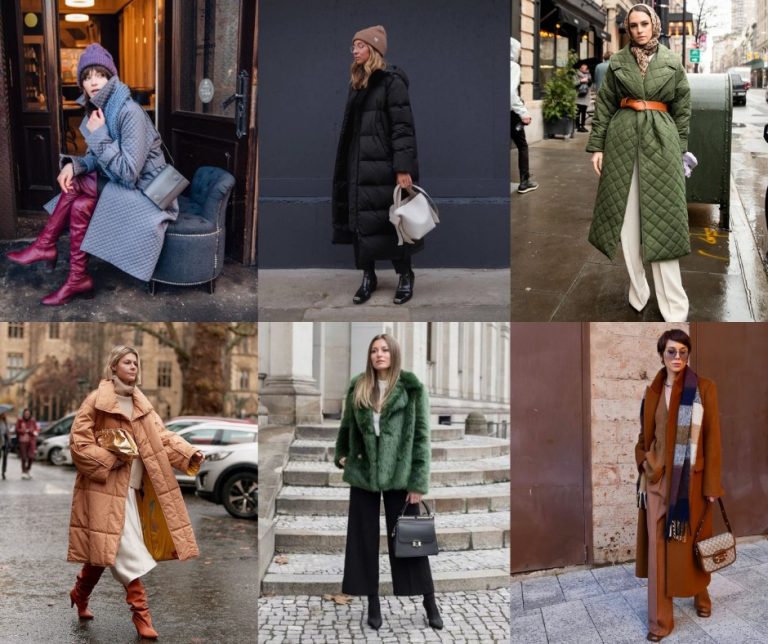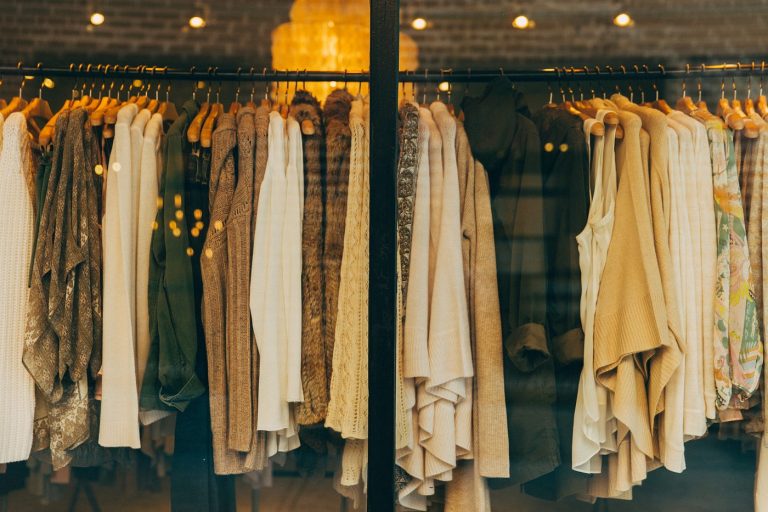What is Fashion? A Comprehensive Look at Its History, Meaning, and Cultural Power
Fashion is one of the most dynamic, pervasive, and often misunderstood elements of human culture. To the casual observer, it might simply mean the newest clothing trends seen on runways or in glossy magazines. However, fashion is far more profound than just fabric and fleeting styles. It is a powerful form of non-verbal communication, a mirror reflecting the social and political climate of its time, and a multi-billion dollar industry that shapes global economies and labor practices.
This guide will take you through a comprehensive exploration of what fashion truly is—from its deep historical roots to its role as a psychological and cultural force in the modern world.
Part 1: Defining Fashion — Beyond the Garment
While clothing is the physical medium, fashion is the social phenomenon.
- Fashion as a System of Change: Fashion is defined by its inherent instability and desire for novelty. It is a system built on the principle of planned obsolescence, where styles are constantly cycling, ensuring that what was “in” yesterday is “out” today. This constant change drives consumer desire.
- Fashion as Non-Verbal Communication: Before you even speak, your clothes communicate volumes about your identity, status, intentions, and allegiances. Fashion acts as a social uniform, signaling whether you belong to a certain group (e.g., minimalist, bohemian, corporate professional, punk).
- Fashion vs. Clothing:
- Clothing is functional—it covers the body and provides warmth.
- Fashion is symbolic—it gives meaning to clothing and is driven by collective taste and cultural movement. A pair of jeans is clothing; the way they are cut, the brand they carry, and the accessories they are paired with is fashion.
Part 2: A Brief History: From Status Symbol to Mass Market
The history of fashion is intertwined with the history of economic power and social mobility.
- The Age of Exclusivity (Pre-1850s): Before the Industrial Revolution, fashion was slow and dictated by sumptuary laws (rules that restricted certain clothing, colors, and fabrics to specific social classes). Fashion was a clear, immediate marker of aristocratic status.
- The Birth of Haute Couture (Mid-19th Century): Charles Frederick Worth established the first true fashion house in Paris, creating bespoke, high-end garments for royalty and the wealthy elite. This marked the beginning of the designer as an arbiter of taste.
- Industrialization and Standardization (Early 20th Century): The invention of the sewing machine and mechanized factories made mass production possible. This lowered prices and allowed the middle class to adopt fashionable styles, leading to the democratization of fashion.
- The Rise of Ready-to-Wear (Mid-20th Century): After WWII, “ready-to-wear” (prêt-à-porter) became dominant. Designers began creating seasonal collections sold in department stores, making style accessible to millions and truly turning fashion into a mass market industry.
- The Digital Age and Fast Fashion (Post-2000): The internet and globalized supply chains gave rise to Fast Fashion, epitomized by brands that rapidly copy runway looks, produce them cheaply, and stock them in stores within weeks. This hyper-accelerated cycle has made fashion disposable and created significant environmental and ethical crises.
Part 3: The Cultural and Psychological Power of Fashion
Fashion’s impact goes beyond aesthetics; it is a critical lens for understanding society.
- The Reflection of Societal Change: Fashion has always mirrored major historical movements:
- Flapper Dresses in the 1920s represented women’s liberation and new political freedoms.
- Zoot Suits during World War II were a political statement against conformity and rationing.
- Denim and T-shirts in the 1950s symbolized a counter-cultural rejection of formal authority.
- The “Trickle Down” and “Trickle Up” Theories: Traditionally, fashion trickled down from the elite to the masses. Today, the opposite is often true, with street style, subcultures (like hip-hop or skater culture), and online influencers driving trends that eventually trickle up to luxury design houses.
- Psychological Impact (Enclothed Cognition): What you wear genuinely affects how you think and act. The concept of “enclothed cognition” shows that wearing certain clothes (like a suit or a lab coat) can actually alter your mental processes, making you feel more professional, powerful, or attentive.
Part 4: The Business of Fashion
The industry is a massive, complex machine divided into three tiers:
- Haute Couture: The highest tier. Custom-made, handcrafted garments, exclusively for a few hundred clients worldwide. It’s an art form, not a mass business model.
- Luxury/Designer Ready-to-Wear: High-quality, mass-produced clothing from major design houses (e.g., Chanel, Gucci). This is where most designer profits are made, selling high volumes of products like handbags and accessories.
- Mass Market/Fast Fashion: The lowest price point, driven by speed and volume. It aims to make fashion instantly disposable and accessible to virtually everyone.
In conclusion, fashion is a language of visual cues, a dynamic economic engine, and a powerful cultural document. It is a constantly evolving dialogue between the designer’s vision, the garment’s symbolism, and the wearer’s identity.





